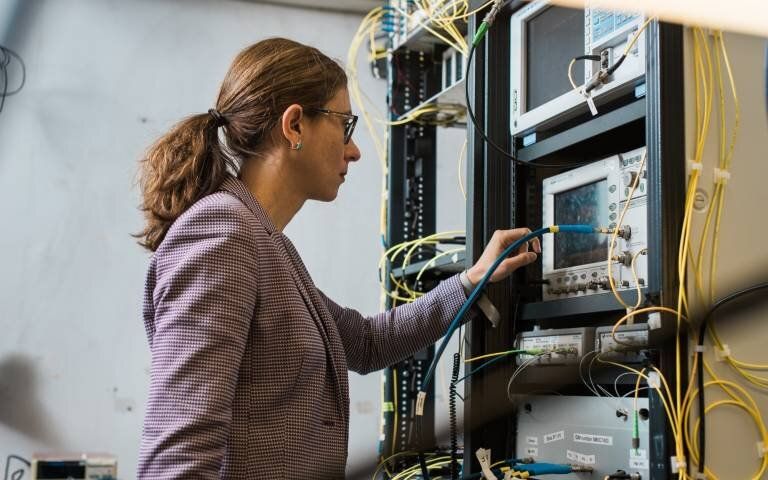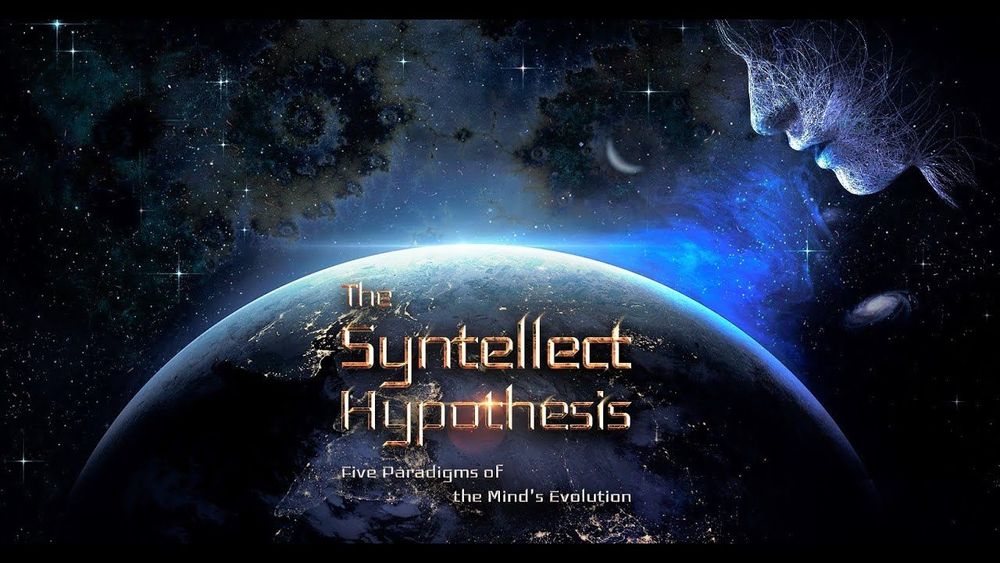The world’s fastest data transmission rate has been achieved by a team of University College London engineers who achieved internet transmission speed a fifth faster than the previous record.
Working with two companies, Xtera and KDDI Research, the research team led by Dr. Lidia Galdino (UCL Electronic & Electrical Engineering), achieved a data transmission rate of 178 terabits a second (178,000,000 megabits a second) – a speed at which it would be possible to download the entire Netflix library in less than a second.
The record, which is double the capacity of any system currently deployed in the world, was achieved by transmitting data through a much wider range of colors of light, or wavelengths, than is typically used in optical fiber. (Current infrastructure uses a limited spectrum bandwidth of 4.5THz, with 9THz commercial bandwidth systems entering the market, whereas the researchers used a bandwidth of 16.8THz.)









